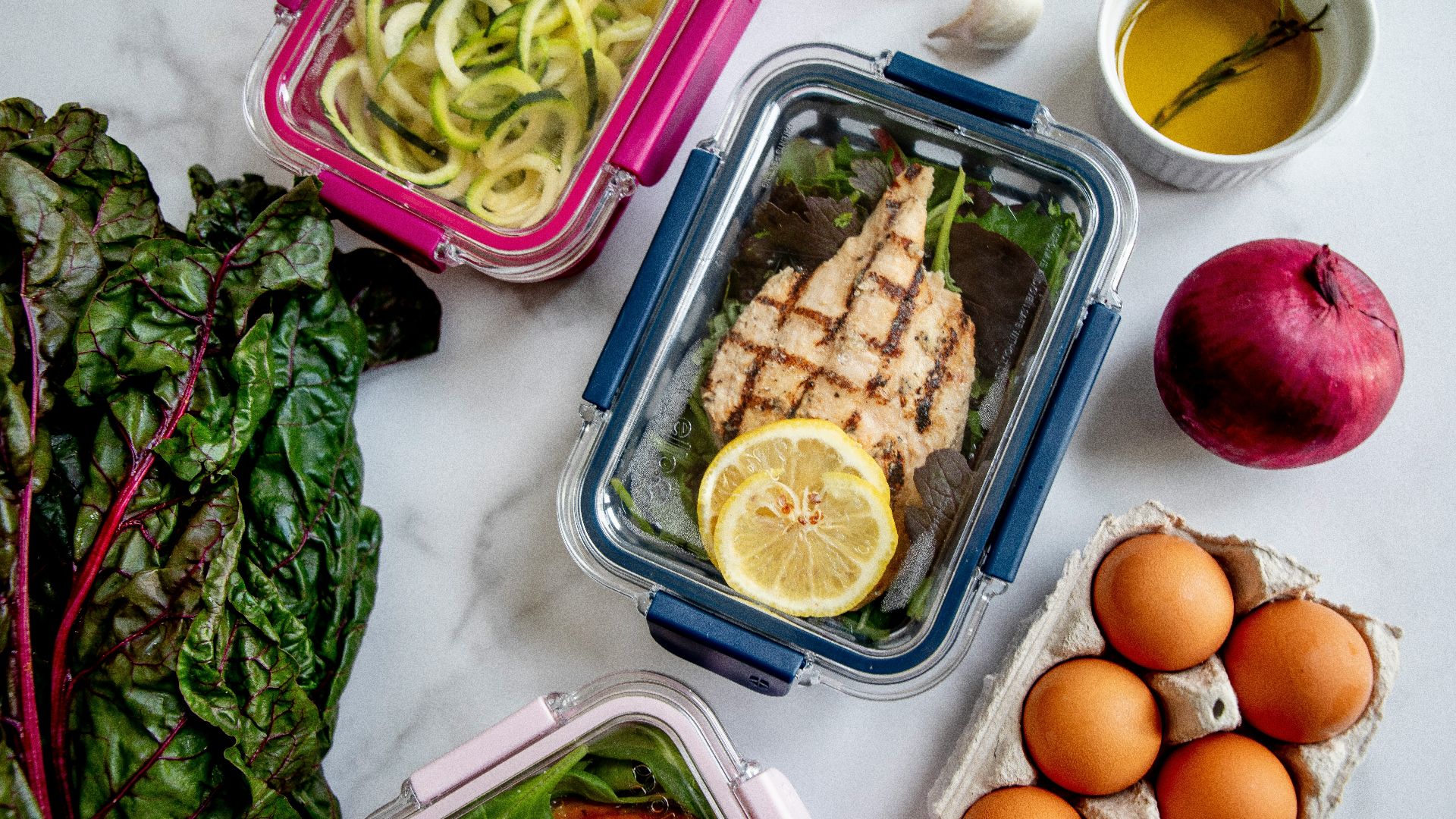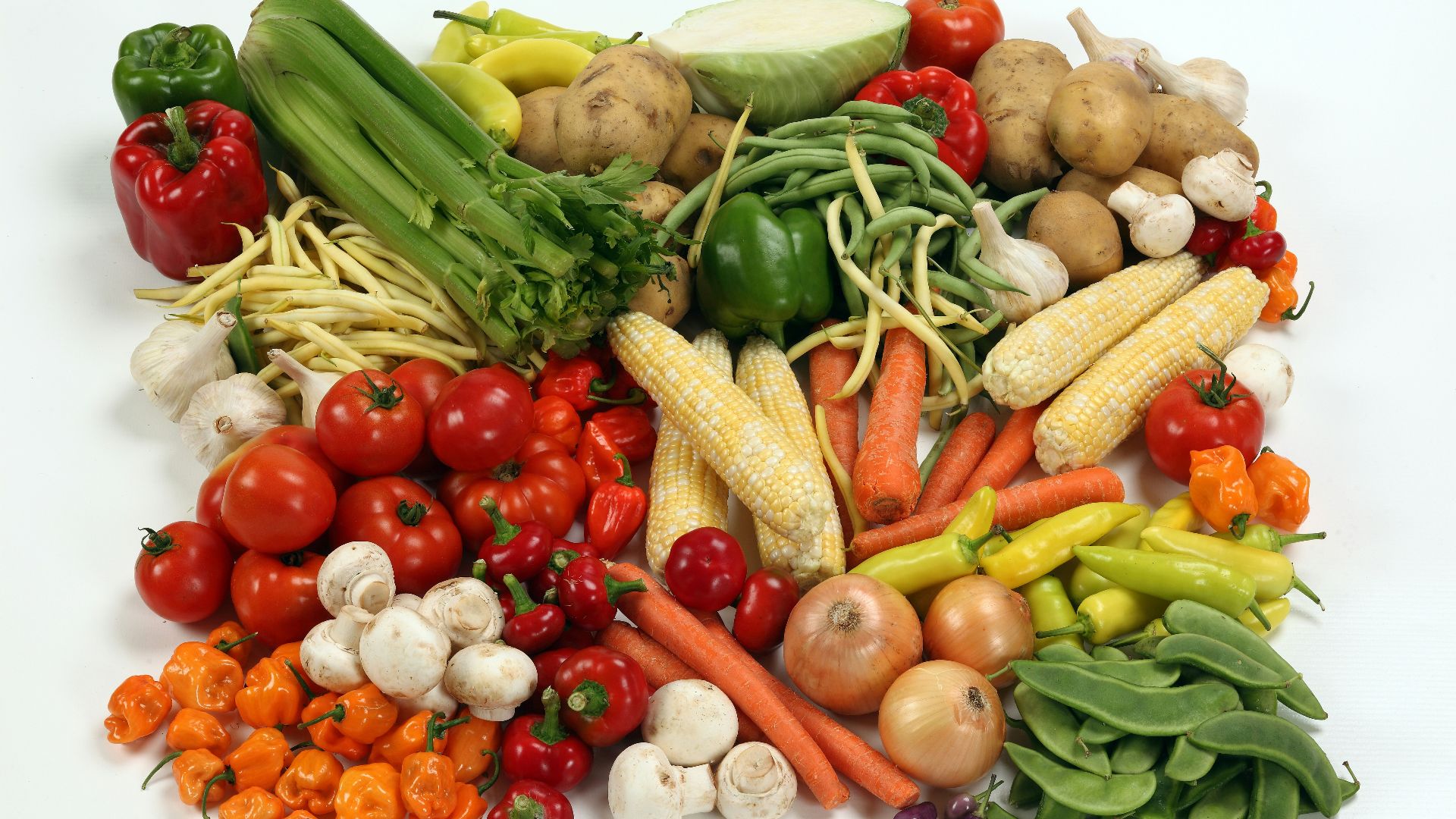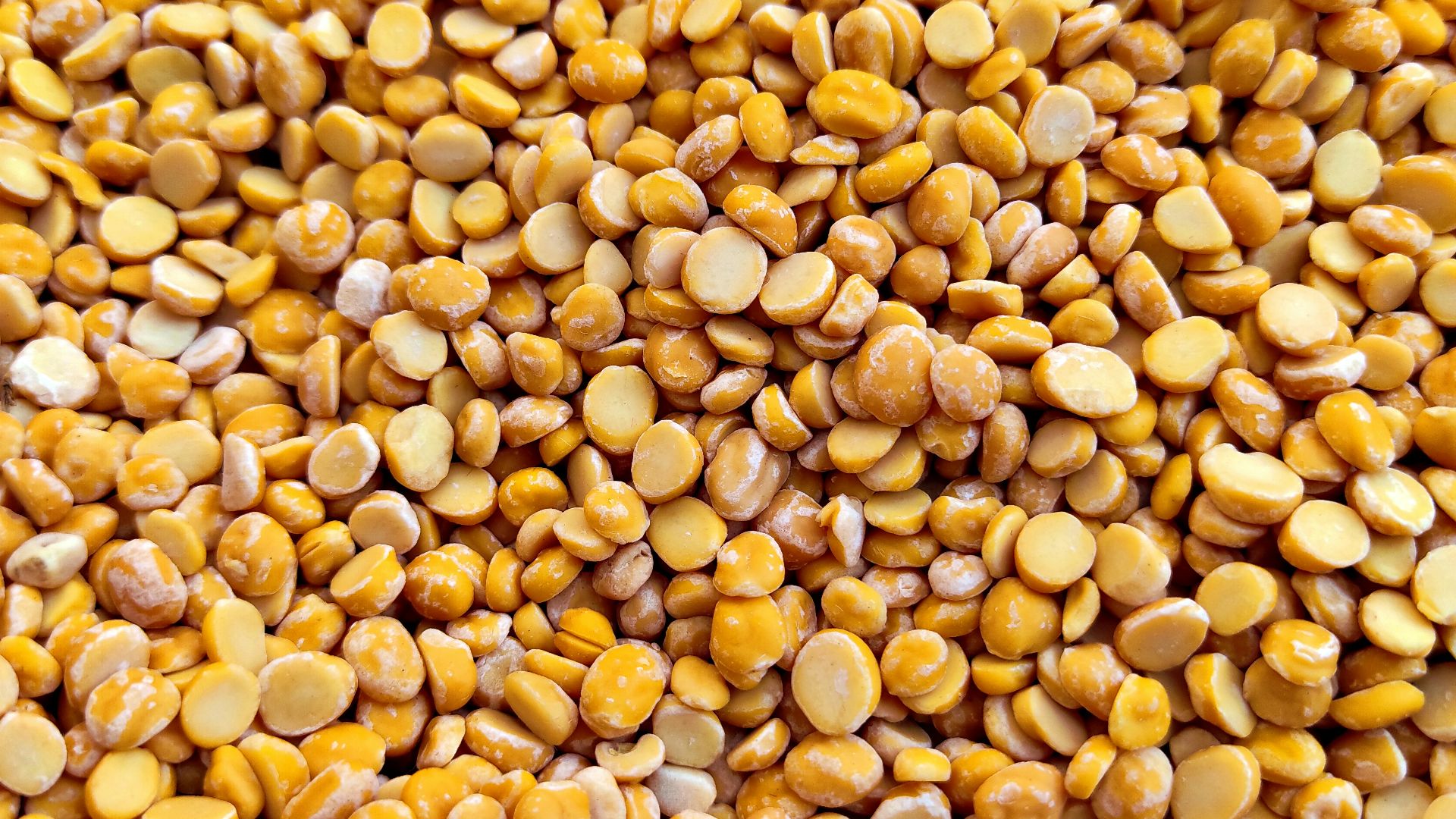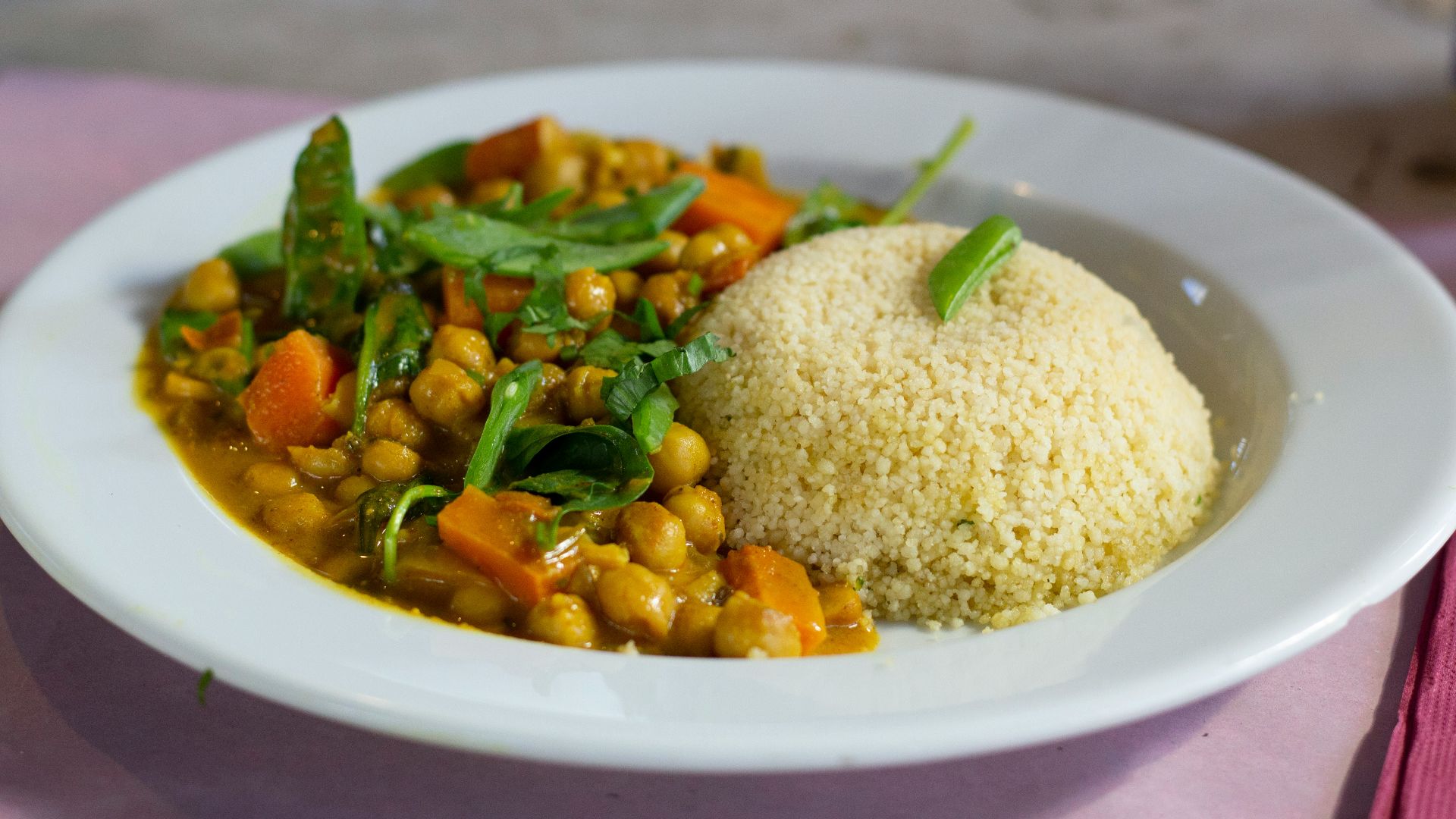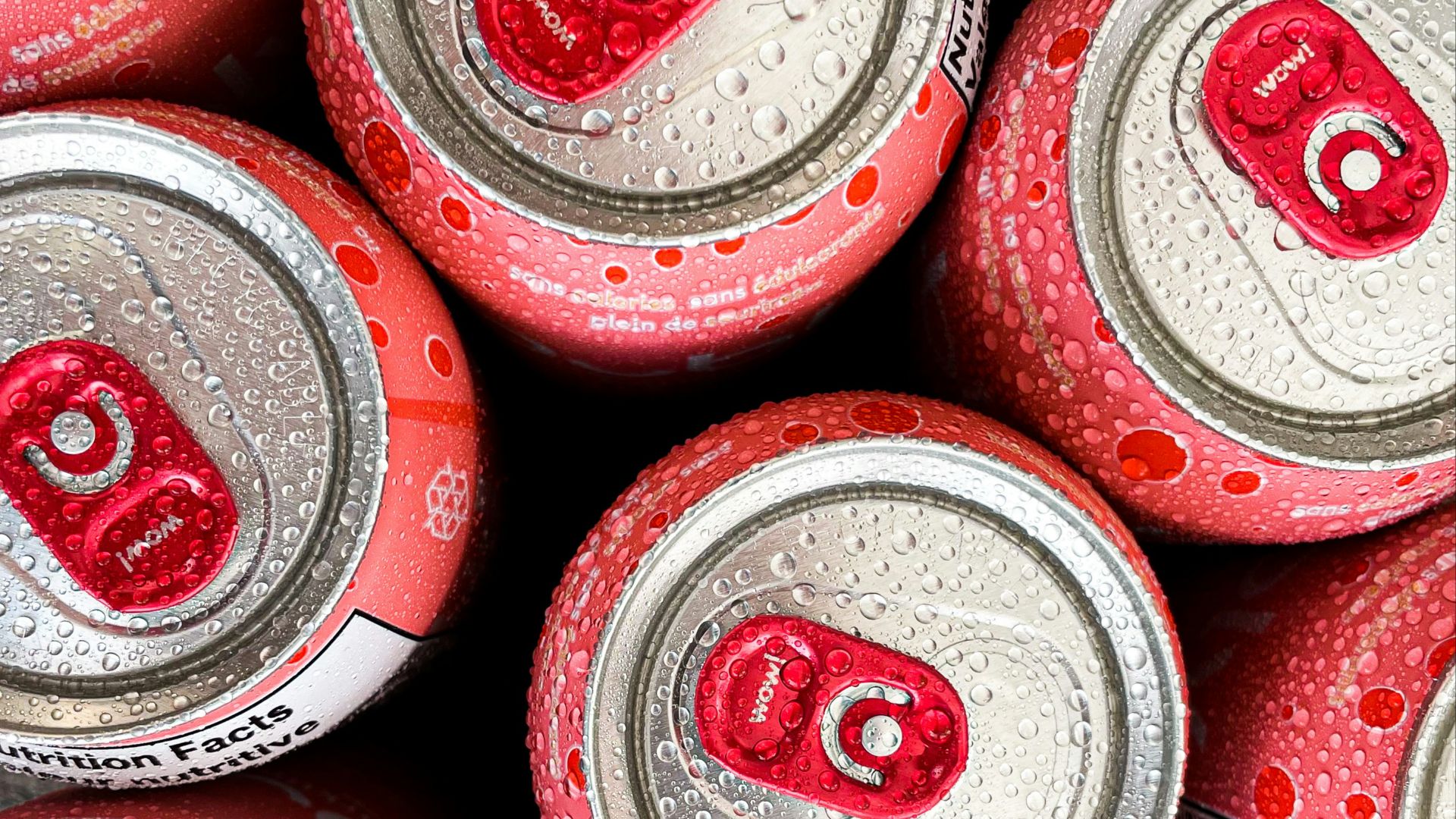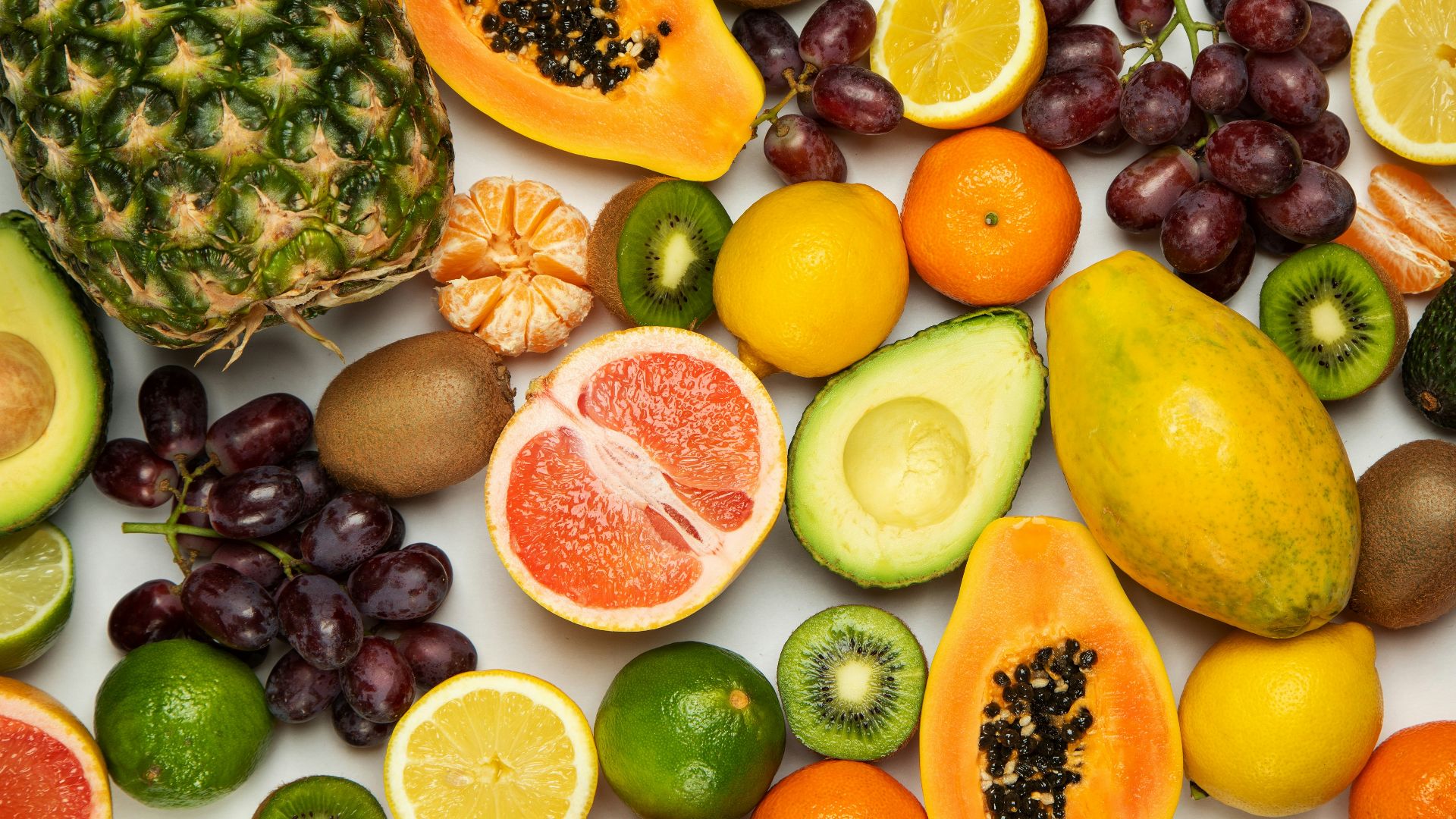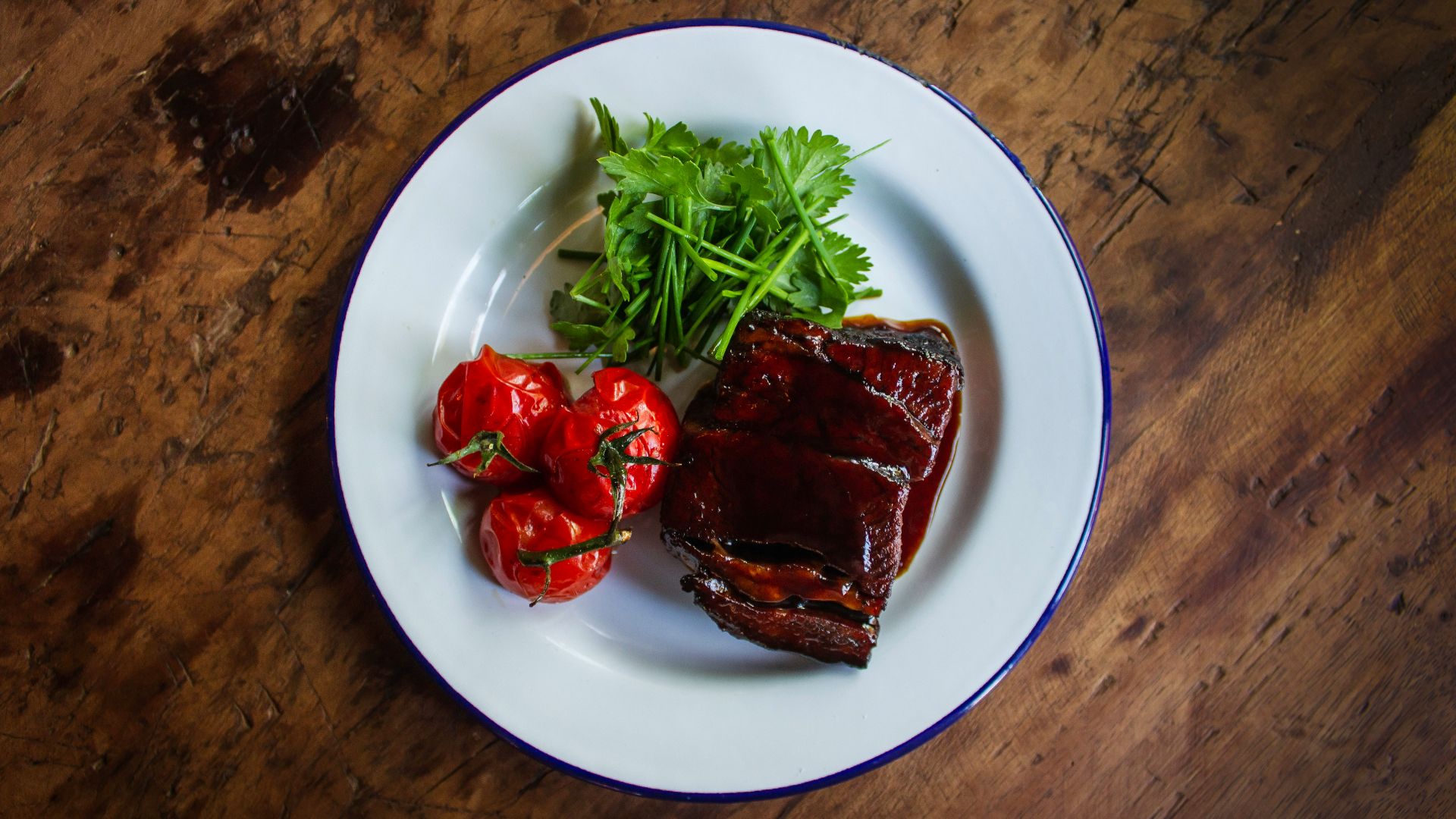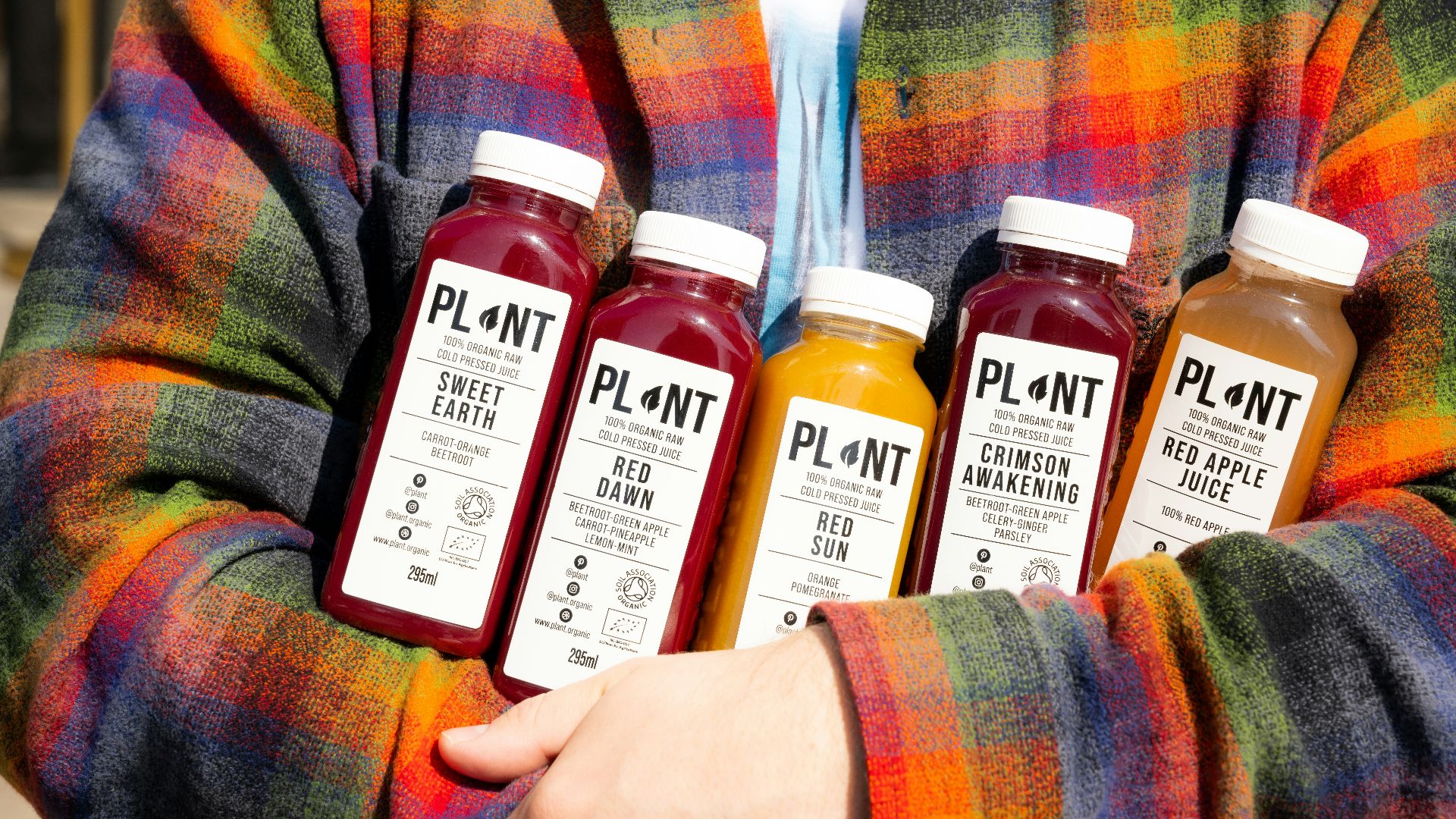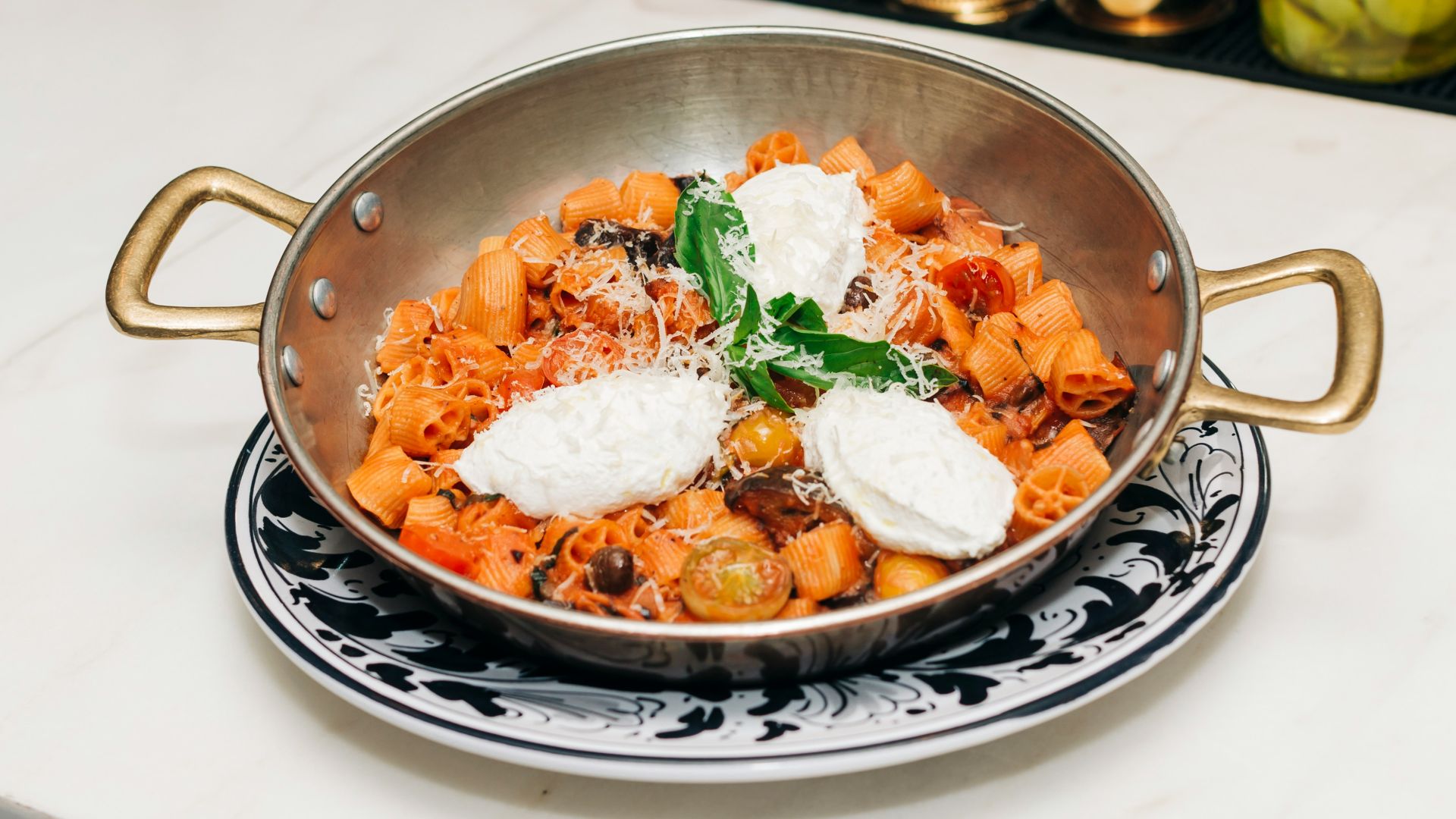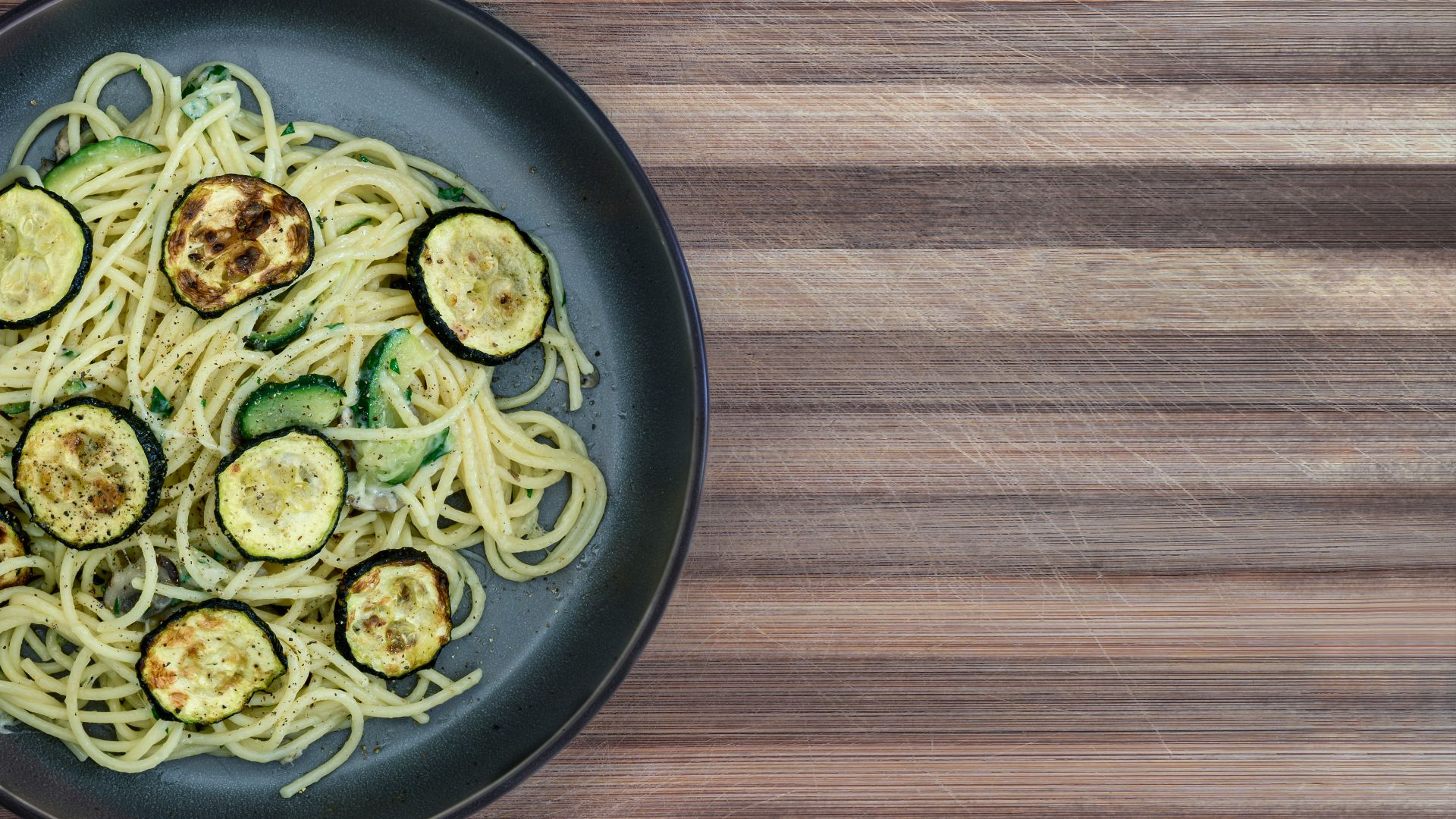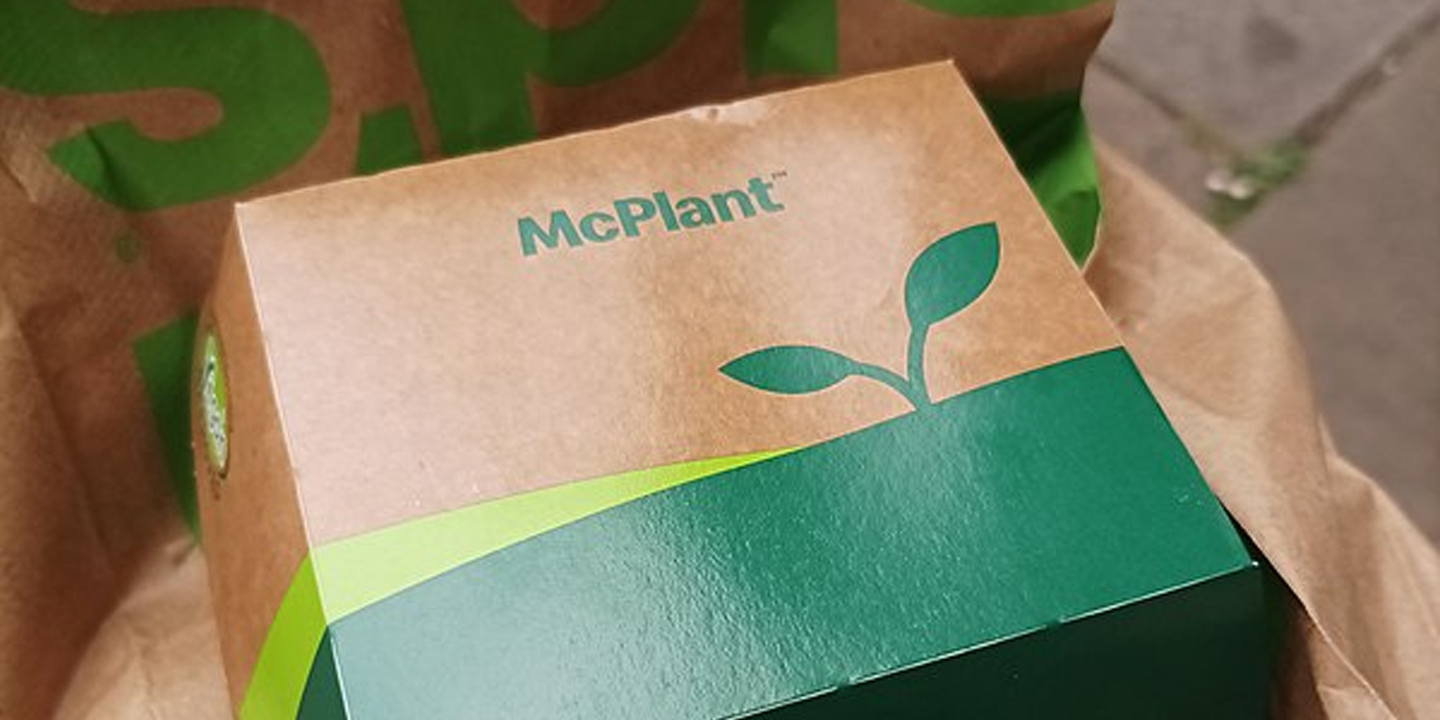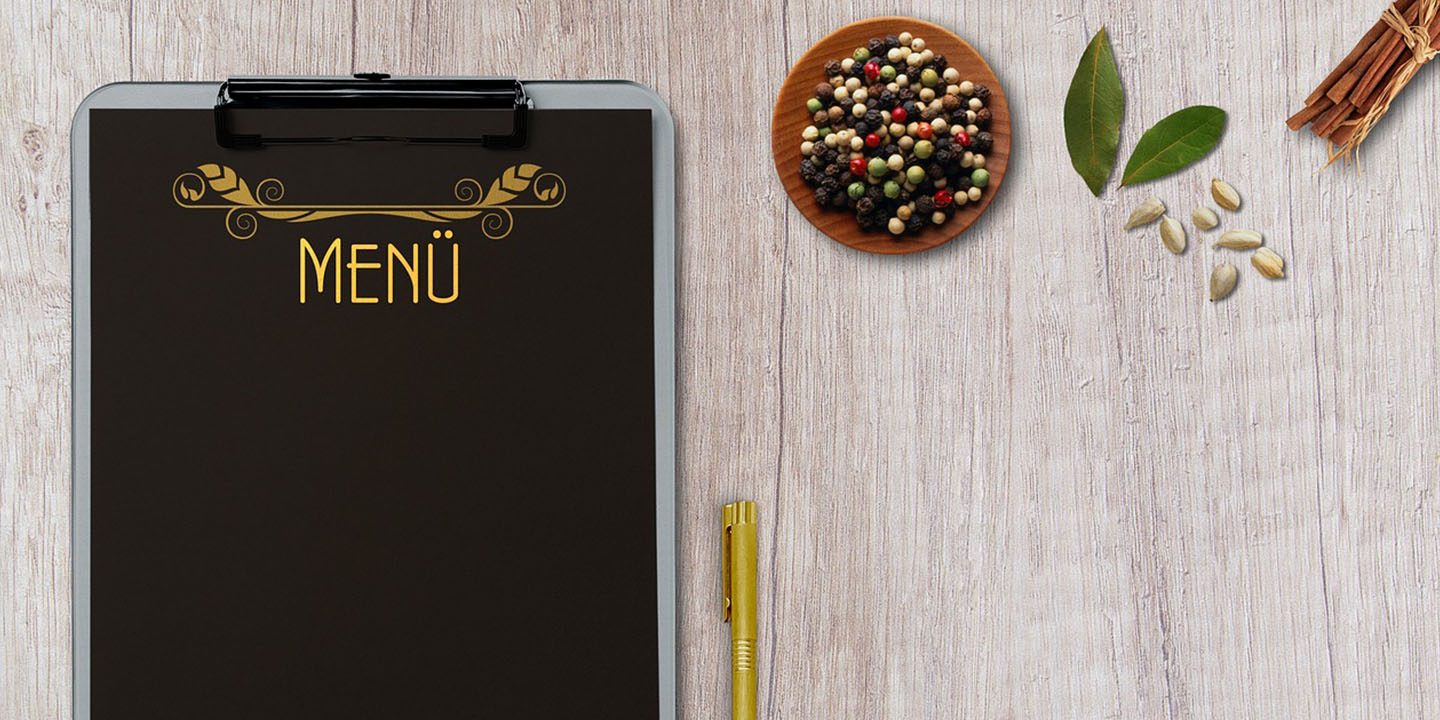You Don’t Have To Overhaul Your Kitchen
Between money, time, and constant misinformation online, it’s hard to figure out what foods are actually healthy for you, much less successfully implementing them. Never fear, we’ve compiled a list of ways that you can make healthier choices without turning your entire routine (and wallet) on its head.
1. Add More Vegetables
It’s easier said than done, we know, but sneaking in veggies to your meals is ultimately the best way to make your meals healthier. If you’re not sure where to start, buying a bag of frozen mixed veggies that you can microwave or cook alongside your protein is a good option.
2. Choose Whole Grain
Processed white bread may taste better to some, but making the switch to whole grains is ultimately better for you. Choose whole-grain bread, rice, oats, flour, or even pasta to amp up your fiber and complex carbs.
3. Opt For Lean Protein
While it tastes good, red meat is not the healthiest source of protein for you. Lean proteins are lower in saturated fat and cholesterol, making them better for your body. Opt for chicken, tofu, pork loin, or turkey for better dinner options.
4. Snaking Smarter
It’s easy to grab a bag of cookies or chips when you’re craving a late-night snack, but it’s not the healthiest option. Instead of high-processed foods, pick up some nuts, fruits, or even a homemade sweet treat to keep cravings and your blood sugar down.
5. Add Lentils
This high-protein, high-fiber legume can be added to just about anything. Sprinkle them into your rice, pasta sauce, or curries to amp up your meal. Pasta-based dishes with no protein will especially benefit from this addition.
6. Eat More Fish
Fish are high in omega-3s, vitamin D, vitamin B12, and essential minerals, making them the ultimate dinner option. If you swap out other proteins for fish, even just a couple of nights a week, you’ll soon discover that your body and mind are feeling better than ever.
7. Look At Your Plate
If your plate were a pie graph, the general rule is to have half of the circle dedicated to veggies, and the other two quarters consisting of a starchy carb and a protein. This can change depending on your dietary needs, but if you’re just starting on your health journey, it’s a good rule to follow.
8. Go For Carbonated Water
Sodas are high in all sorts of nasty things, and they shouldn’t be drunk every single day. If you need some variation in your beverages, opt for carbonated water instead. These beverages will give you the satisfaction of a fizzy beverage without all the added sugars.
9. Pita Pizza
Instead of buying pizza bread or just ordering pizza wholeheartedly, you can make a delicious pizza dinner on pita bread. Pitas are known to support digestion, blood sugar levels, and even have a bit of protein, which will keep you full and satisfied.
10. Commit To Fruit
Unless you have an extra $60 in your grocery budget that you can dedicate to fruit, you’re probably not eating enough of them. Even having one or two fruits a day can greatly increase your fiber intake, as well as provide you with your necessary vitamins, minerals, and natural sugars.
11. Don’t Shop Hungry
We hear it time and time again that going grocery shopping while hungry is a bad idea, and unfortunately, it’s true. When you decide to shop hungry, you’re more prone to throwing unhealthy or unnecessary items into your cart. Not only is this bad for your body, but it's bad for your wallet as well.
12. Keep It Simple
If you’re entering into the world of meal planning, you don’t need to make it elaborate. Keep your meals and ingredients simple, already taking stock of what you have in the home. This way, you’re not overspending on something you’re going to use a total of once, and it’s more likely that you’ll stay consistent.
13. Switch To Starchy Carb
Starchy carbs are our body's primary source of fuel, also known as glucose, and they also contain necessary vitamins and minerals that keep our body working as it should. Starchy carbs such as grains, potatoes, and legumes will keep you feeling full for longer, as they take longer to break down and digest.
14. Eat Less Salt
It’s unfortunate, but true. Too much salt in the body can lead to bloating, dehydration, and high blood pressure, all of which you don’t want. Avoiding certain processed foods can keep your salt intake low, making you feel better in the long run.
15. Drink More Water
Aside from the actual health benefits of consistently drinking water, this life-supporting liquid can also act as a natural appetite suppressant. Drinking a glass of water before you eat can help you feel full, which will keep you from overeating.
16. Don’t Juice Cleanse
Juice cleanses do more harm than good, as they tend to prioritize added sugars while sacrificing fiber and protein. If you want to have a cleansing juice for the sake of your intestines, go for it—just don’t make it a meal.
17. Make Your Own Sauces
Store-bought sauces can be incredibly high in salt and sugar, even if the base ingredients seem healthy. Instead of spending extra money on sauces, you can easily make your own at home. Compiling ingredients for your own sauces is cheaper, and you’ll know exactly what’s in your dinner.
18. Pasta Alternatives
If the carb-focused dinner still seems too heavy, you can buy legume-based pasta. Zucchini, squash, chickpea, lentil, or brown-rice-based pastas are popular options for those looking to enjoy the comfort of a pasta dish without the high blood sugar.
19. Plain Greek Yogurt
Using plain Greek yogurt as a base for dips and sauces can decrease your sugar, salt, and fat intake. The beautiful thing about plain Greek yogurt is that it takes on the flavor of whatever herbs and spices you add while still maintaining a creamy base. You won’t even notice the switch.
20. Focus On Addition
The primary issue with dieting or food-based lifestyle changes is that there tends to be a focus on taking away, instead of adding. As you navigate your health journey, focus on what you’re lacking in the nutrition department, instead of removing what is “bad” for you. Really, it's all about balance.


